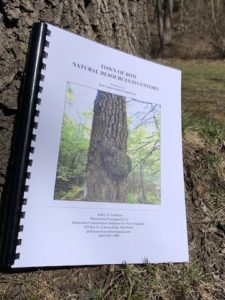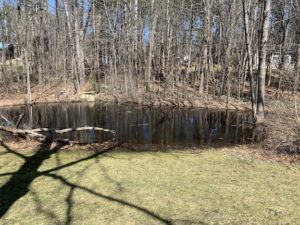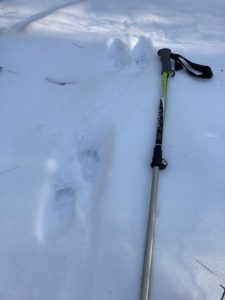If you haven’t seen it, you need to get out more. Across Bow, new land clearing, for sale signs, and new construction show that over the last two years a new surge in land development is underway.
The ongoing or completed sales of more than 350 acres of forest land in the last two years is a major change for our town. And remember, Bow comprises only 18,000 acres total, so that is 2 percent of the total land in Bow gone in just two years, and possibly more than 40 percent of the total remaining undeveloped land. This situation has some concerned that the rural nature of Bow is undergoing an unplanned and permanent change.
The Bow Open Spaces Board has taken the first few steps to address this problem. First, a new Directorship has been established – Director, Land Conservation. Second, members of Bow Open Spaces are now looking at several key ideas that may help. And third the Board is asking for thoughts and help from the Bow Opens Spaces members to develop approaches.
So, when you are out there walking, hiking, riding or, perhaps just sitting, think about how we can work together to protect what makes Bow so unique.
Key Maps Help Tell the Story
First, the Bow Zoning Map illustrates that the town has already given major areas of Bow over for development, underscoring the importance of protecting the areas currently designated as rural.
Second, the Bow Conservation Commission has designated key parts of Bow for possible protection as “Conservation Focus Areas.” While designated as important, these areas currently have NO protection, and significant parts of these areas are currently for sale or under development.
Finally, take a look at realtor.com or Zillow or your favorite realty app. See for yourself what’s already on the market, and draw your own conclusions. If you have thoughts on what we should do or want to help, then email us and let’s see if we can impact the future of Bow in a positive and important way.









